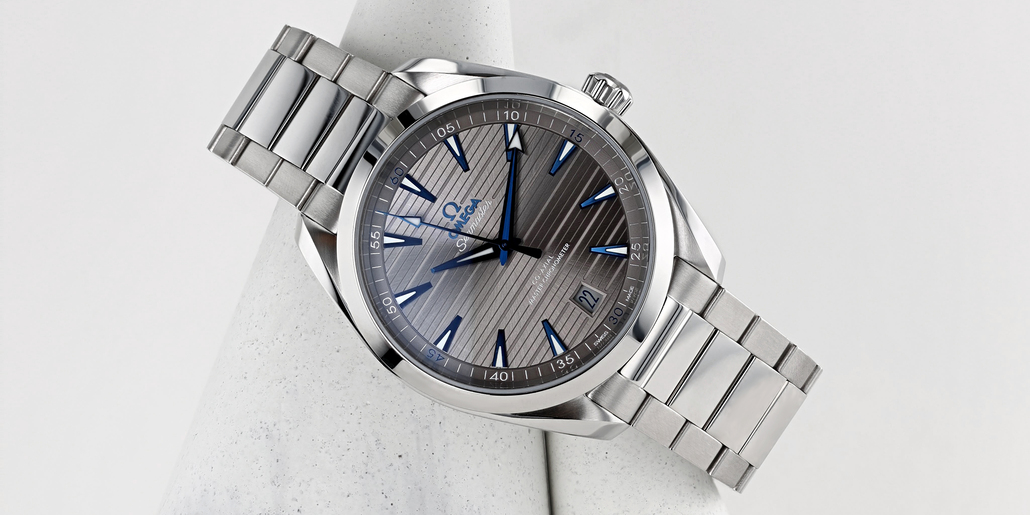Understanding the components of a timepiece adds a new level of appreciation for its design and engineering. From precision mechanics to aesthetic details, every element contributes to a watch’s functionality and character. Let’s take a closer look at the essential parts that make a watch tick.

Watch Bracelet
The bracelet (or strap) is what secures the watch to your wrist. It can be made of various materials including leather, stainless steel, rubber, nylon or even exotic hides. While often a matter of personal style, the bracelet can dramatically change the overall feel of the watch—sporty, formal, rugged or refined.
Watch Case
The case houses the inner workings of the watch and protects it from external elements. Cases vary in shape, size and material—ranging from stainless steel to titanium, ceramic or gold. It’s the “body” of the watch, and its craftsmanship directly affects both durability and aesthetics.
Watch Dial
Sometimes referred to as the “face” of the watch, the dial displays the time. It often includes features like textures, colors and patterns. The layout of the dial contributes significantly to a watch’s design language and legibility.
Sub-dials are smaller dials set within the main dial, used to display functions like seconds, chronograph timers or dual time zones. They add complexity and functionality, especially in mechanical and luxury watches.
Watch Hands
Watch hands simply indicate hours, minutes and often seconds.
Watch Crystal
The crystal is the transparent cover over the dial. It’s made from materials like acrylic, mineral glass or synthetic sapphire. Sapphire crystal is the most scratch-resistant and often found in higher-end timepieces.
Watch Bezel
The bezel is the ring surrounding the crystal. It can be fixed for design purposes or functional—like on dive watches where it rotates to track elapsed time. Bezels can be plain, decorative or engraved with scales and numerals.
Watch Hour Marker
Hour markers are the indicators on the dial that represent each hour. They can be numbers (Arabic or Roman), dots, batons (rectangular or stick-shaped hour markers) or even jewels.
Watch Crown
The crown is the small knob on the side of the case, typically used to set the time and date or wind the watch. On mechanical watches, the crown plays a vital role in powering the movement. Screw-down crowns also enhance water resistance.
Watch Date Aperture
This small window—usually located at the 3, 6 or 4:30 position—displays the current date. It’s a practical feature found in many watches, though not all models include it. Some watches may even include day and month apertures as part of a calendar complication.
Watch Pushers
Found on chronograph (a watch with a built-in stopwatch function) and multi-function watches, pushers are buttons that control additional features like stopwatches, calendars or time zone changes. They are usually positioned alongside the crown.
Watch Lugs
Lugs are the projections on either end of the case where the strap or bracelet is attached. They help integrate the strap into the case design and affect how comfortably the watch wears on the wrist.
Watch Movement
The movement is the “engine” of the watch—the internal mechanism that keeps time and powers complications. Movements are generally classified into quartz (battery-powered) and mechanical (manual or automatic). The intricacy of a movement often defines a watch’s value. Read about automatic and quartz watch movements here.
Watch Rotor
Found in automatic watches, the rotor is a semi-circular weight that spins as you move your wrist. This motion winds the mainspring, allowing the watch to generate power without manual winding. You can usually view the rotor through a transparent case back.
With the understanding of the ins and outs of a watch, you’ll shop with the confidence to recognize craftsmanship, quality and the features that matter most to you. Find your luxury timepiece online at Borsheims.com today.

